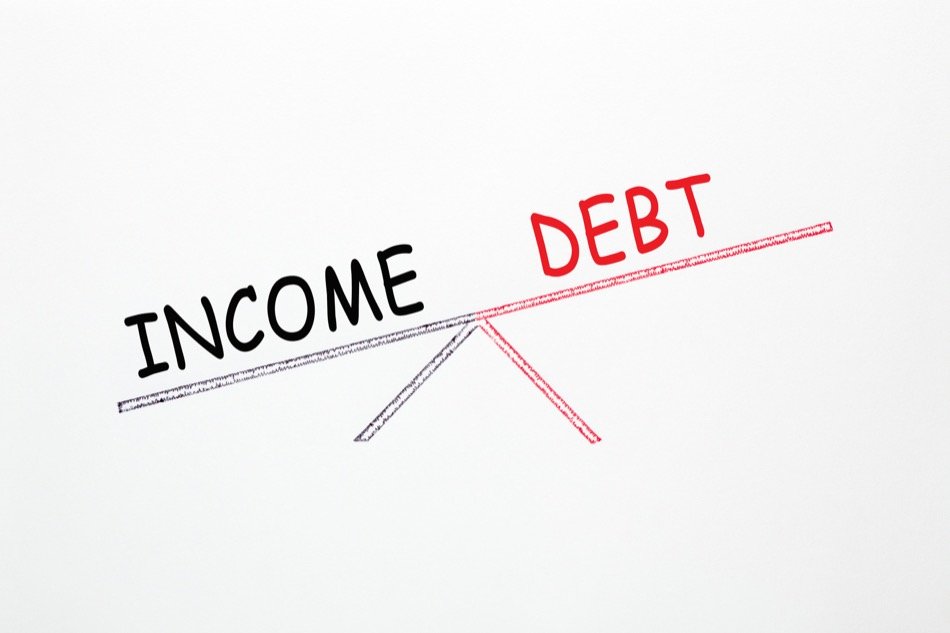Calculating Debt-to-Income Ratio for Home Buying
Posted by EdmontonRealEstate .ca on Monday, June 24th, 2019 at 9:59am.
 There are several things a lender will look at when a potential home buyer is trying to get a mortgage to buy a home. Pne of those is the tdebt-to-income (DTI) ratio. This refers to how much debt a homeowner has in relation to their total income. The equation takes into account far more than just the purchase price of the home and the buyer's monthly wages though. Once a lender has this number, they'll factor it into their decision of whether to approve a loan application. See how to calculate DTI to get a better idea of the odds of approval.
There are several things a lender will look at when a potential home buyer is trying to get a mortgage to buy a home. Pne of those is the tdebt-to-income (DTI) ratio. This refers to how much debt a homeowner has in relation to their total income. The equation takes into account far more than just the purchase price of the home and the buyer's monthly wages though. Once a lender has this number, they'll factor it into their decision of whether to approve a loan application. See how to calculate DTI to get a better idea of the odds of approval.
For informational purposes only. Always consult with a licensed mortgage professional before proceeding with any real estate transaction.
How to Calculate DTI Ratio
Hopeful homebuyers need to first list any existing official debts:
- Student loans
- Car loans
- Credit card bills
- Alimony/child support
Buyers then need to combine these numbers with all associated housing fees of the property they want. This includes the mortgage, property taxes, and HOA fees. And while it's not necessary for the lender's purposes, home buyers should also consider the cost of utilities, grocery bills, home insurance, federal and province taxes, entertainment expenses, and retirement contributions.
When it comes to income, buyers should include all sources. Stock dividends, rents from real estate investments, and monthly wages can all be used in total income. If buyers choose to estimate income, they should provide hard proof of their guesses. For example, if a stock is expected to triple after it goes public in six months, they should provide expert predictions and market analysis. Lenders are looking for a DTI ratio of 43% or under.
DTI Basics
The number isn't the only score a lender looks at when it comes to approving a loan. They'll also take into a person's credit score, financial history, and the state of their assets. For example, if they have a lucrative real estate holding that hasn't turned a profit just yet, they may use future earnings to justify their approval. But the idea behind DTI is that a person needs a comfortable financial cushion should something unexpected in their life. If a person can't build their savings because they're under too much debt, they're likely to default on the loan if they lose their main source of income.
Canadian Trends
Lenders may want to see a DTI of 43%, but they also understand the reality of expenses today. In just the past decade, the average Canadian DTI skyrocketed to 171.1%. This is alarming to lenders because it means their clients may not have the means to pay back their loan in the future. And while precautions like Lenders Mortgage Insurance can help protect lenders from default, it may not be enough if the economy takes a major hit. The end result is that lenders may approve a loan for a Glenora new home buyer with a high DTI, but they may assign a relatively high interest rate to cover themselves.
It can feel overwhelming to calculate a DTI at first, especially because the various expenses can seem enormous in comparison to a single stream of income. Talking to a broker may be a good way for a homeowner to find a creditor who can work with their finances. Or, buyers can consider paying down some of their debt to lower the overall ratio. This move is dual-purpose in that it can also raise a credit score too. Finally, consulting with a real estate agent can make it easier to find homes that fit a buyer's budget (especially if they don't want to leave themselves in a precarious position after borrowing too much money).
For informational purposes only. Always consult with a licensed mortgage professional before proceeding with any real estate transaction.

